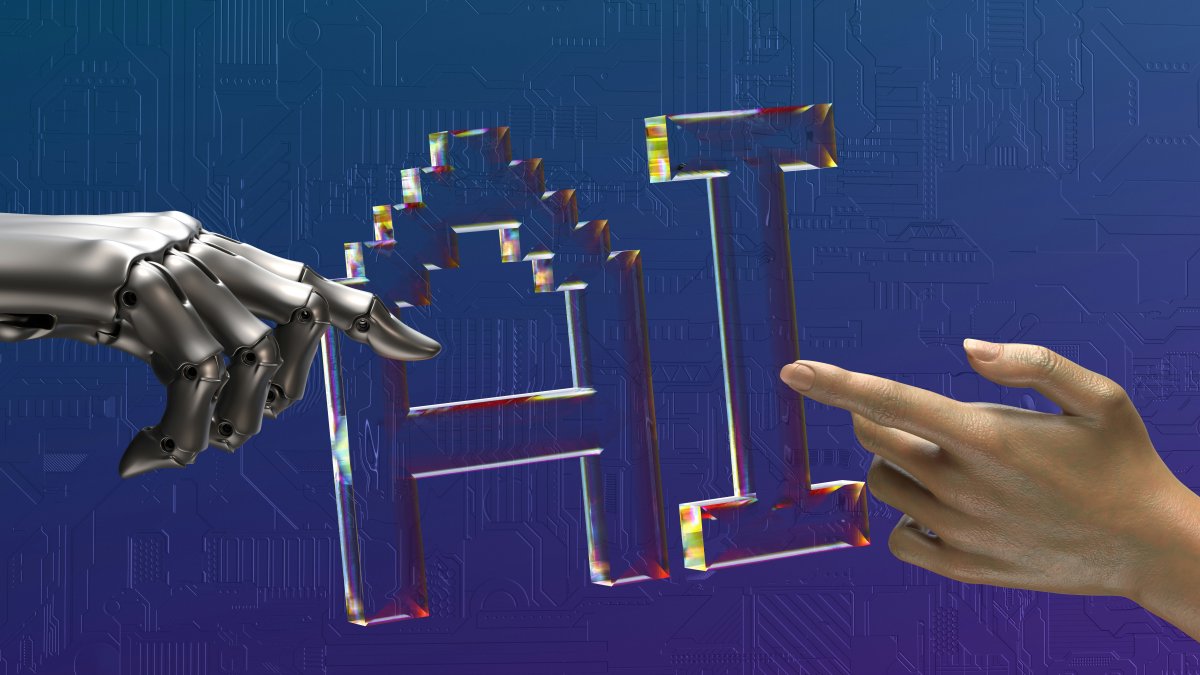Imagine this: You’re a manager at a fast-growing tech startup. Your team is talented, but they’re struggling to keep up with the rapid changes in industry standards. Traditional training programs are too rigid, one-size-fits-all, and outdated by the time they’re implemented. Sound familiar? Enter Artificial Intelligence (AI)—your new best friend in employee development.
AI is no longer a sci-fi concept or a buzzword; it’s a game-changer for organizations looking to unlock the potential of their workforce. But how exactly does AI revolutionize employee development? Let’s dive in and explore some real-world examples.
Tailored Learning Paths: A Netflix for Your Skills
AI enables hyper-personalized learning experiences. Just like Netflix recommends shows based on your viewing habits, AI-powered learning platforms suggest courses, resources, and skill-building exercises tailored to each employee’s unique needs.
For example, IBM’s Watson AI analyzes employee data to identify skills gaps and recommends specific training modules. Suppose an employee in marketing is excelling in content creation but struggling with analytics. AI doesn’t just point out the gap—it delivers a personalized roadmap to bridge it. This ensures employees are always learning what’s most relevant to them, not wasting time on generic courses.
Real-Time Feedback: Your Digital Coach
Remember the days when performance reviews only happened once a year? AI flips that outdated model on its head by offering real-time feedback. Tools like BetterUp use AI to analyze behavioral patterns in communication (think emails and project management platforms) and provide insights for improvement.
Take Sarah, for instance, a team lead at a logistics company. After an AI tool flagged that her feedback to team members often lacked clarity, it provided suggestions for crafting more actionable responses. Over time, Sarah became a more effective leader, and her team’s productivity soared.
Mentorship, Without Borders
Finding the right mentor can feel like searching for a needle in a haystack. AI simplifies this process by using algorithms to match employees with mentors based on their goals, skills, and areas of growth.
Consider LinkedIn’s Career Explorer. It leverages AI to connect users with professionals whose expertise aligns with their aspirations. For an entry-level data analyst aspiring to lead machine learning projects, AI might match them with a senior engineer in another office, fostering cross-functional growth that wouldn’t have happened organically.
Boosting Engagement with Gamification
AI brings fun to the learning table by gamifying the process. Platforms like Duolingo use AI to track progress and keep learners hooked with challenges, rewards, and leaderboards. This approach isn’t just for language learning—it’s making waves in corporate training too.
At a major retail chain, employees used an AI-powered platform to learn about customer service best practices. The system gamified the process, turning scenarios like handling difficult customers into interactive challenges. Engagement rates skyrocketed, and employees retained the skills far better than they did with traditional training.
Predicting the Future: Staying Ahead of the Curve
One of AI’s superpowers is predictive analytics. By analyzing industry trends and internal workforce data, AI can forecast which skills will be in demand next year—or five years from now.
For example, PwC uses AI to identify emerging skills employees need to stay competitive in their roles. This helps the organization proactively offer training, ensuring their workforce is ready for the future. Employees feel valued because they’re not just keeping up—they’re staying ahead.
What’s Holding Companies Back?
While AI holds immense promise, it’s not without its challenges. Some companies hesitate to adopt AI due to concerns about data privacy or fear that AI will “replace” human interaction. However, it’s important to see AI as a tool enhancing human connection, not replacing it. By automating repetitive tasks, AI allows managers and L&D professionals to focus on meaningful, one-on-one interactions with employees.
How to Get Started with AI in Employee Development
If you’re ready to dive into the world of AI-powered learning, here are a few tips to get started:
- Start Small: Test AI tools in one department before scaling across the organization.
- Prioritize User Experience: Choose platforms that are intuitive and employee-friendly.
- Blend Tech with Human Touch: Use AI for efficiency, but keep mentorship and feedback human-centric.
AI is reshaping the future of employee development, making it smarter, faster, and more engaging than ever before. Whether it’s personalizing learning paths, offering real-time coaching, or predicting future skill needs, AI is empowering employees and organizations to achieve their full potential.
So, what are you waiting for? The future of learning is here—and it’s powered by AI. Are you ready to embrace it?
At AccelerLearn, we’re passionate about helping businesses harness cutting-edge tools to build stronger, smarter teams. Reach out to explore how we can help you integrate AI into your employee development programs.
Share on Social Media